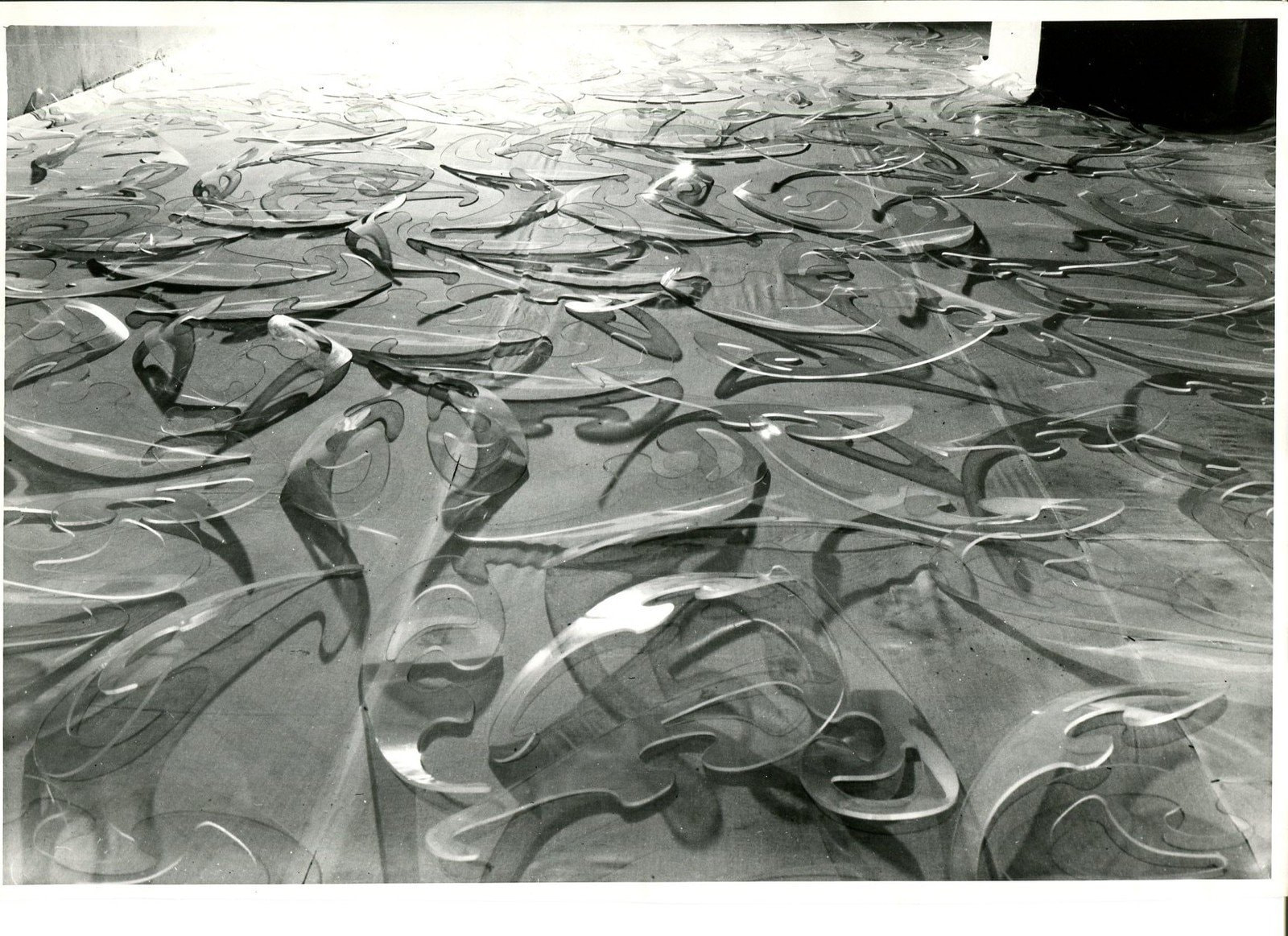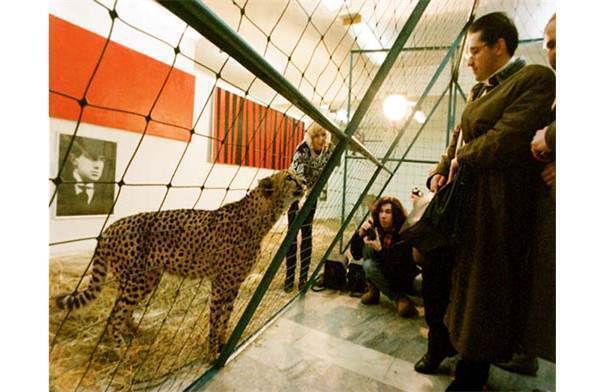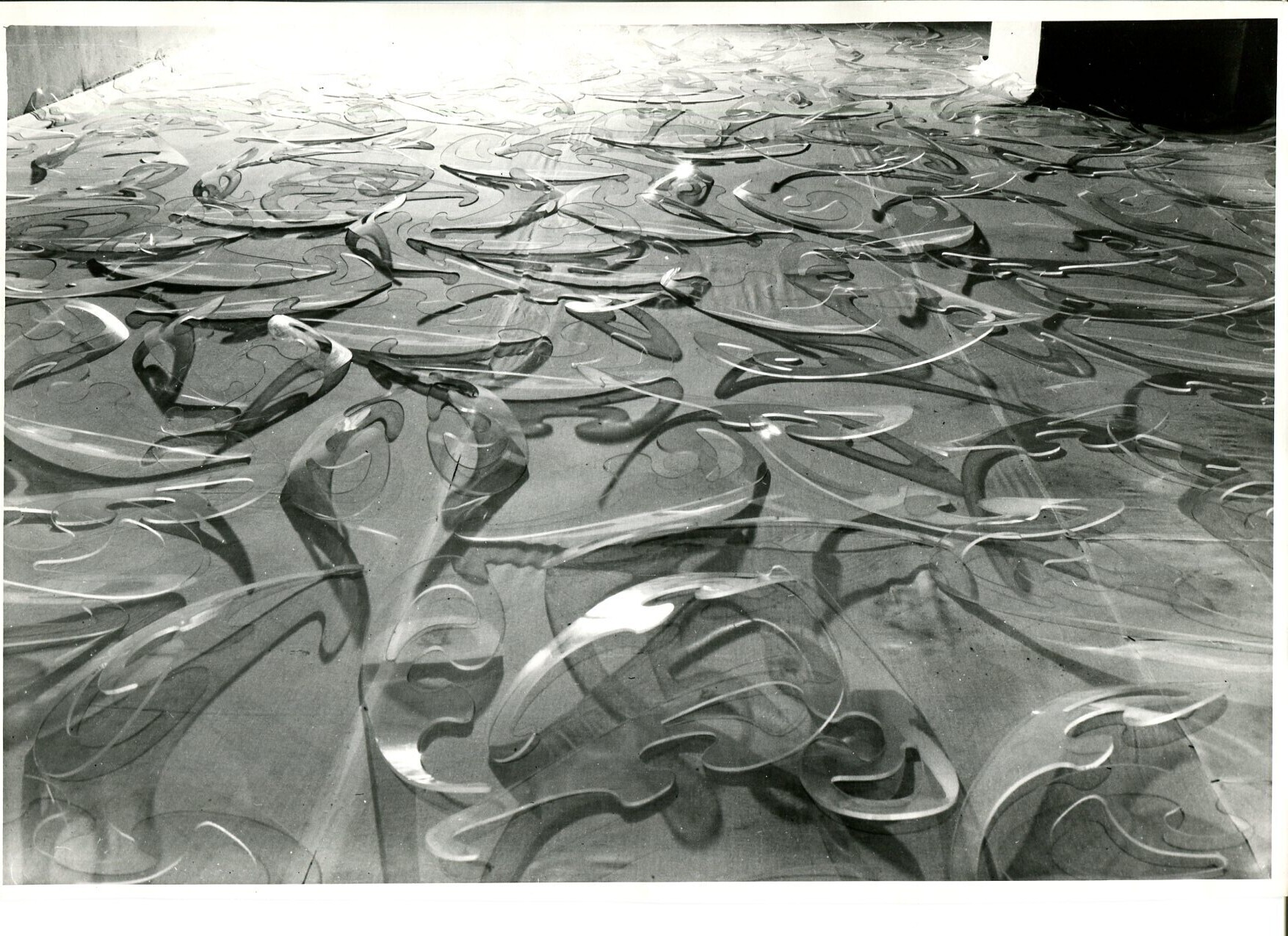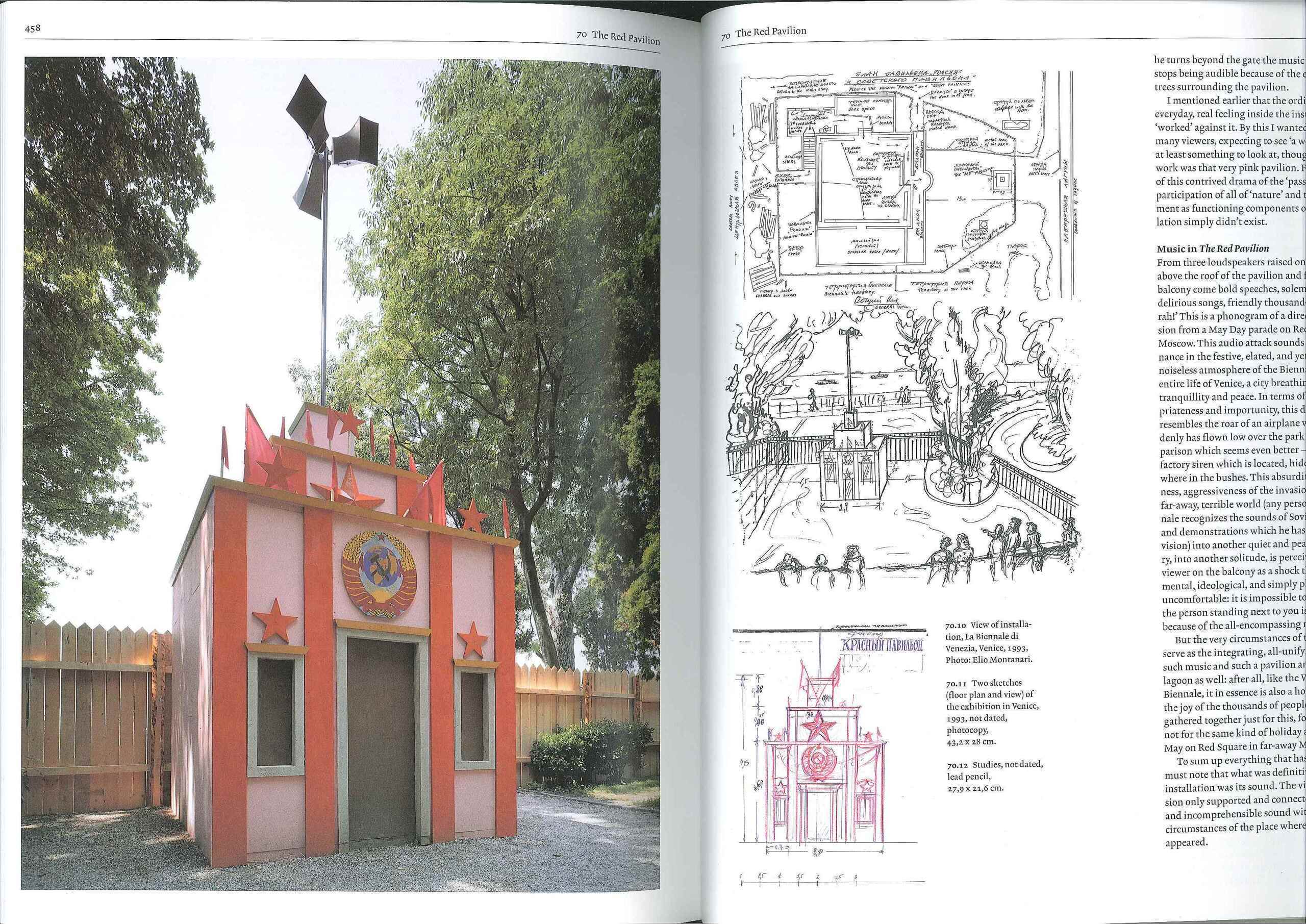LECTURE CYCLE: 1990s YEAR BY YEAR
October 8, 7:30 pm
Sasha Obukhova: The Year of 1992
Private galleries, which were slowly growing in number, gradually came to the fore in the Moscow art scene. Among others, the new players in the developing Russian art market included First Gallery, L-Gallery, Marat Guelman Gallery, Regina, 1.0, School Gallery, and TV Gallery. Each venue pursued its individual developmental path and established its own set of aesthetic values; each began to form a permanent circle of associated artists. During this period, Moscow galleries often acted not so much as commercial agents, but more as institutions defining the development of contemporary art.
The sharp decline in demand for Russian contemporary art, which coincided with a worldwide economic crisis and the collapse of the Soviet Union, forced Russian artists to seek integration into the international community. Artists from the newly independent Russia became regular participants in the world's largest festivals of contemporary art, such as the Kassel-based documenta, the Venice Biennale, and the Istanbul Biennial.
Admission is free.
Sasha Obukhova (born 1967) is an art historian and member of the Kandinsky Award expert board. She worked at Moscow Contemporary Art Institute, Tretyakov Gallery, and State Center for Contemporary Art. Since 2012 Sasha Obukhova has been heading Garage research department.
Images:
1. Anatoly Osmolovsky, Leopards Burst into the Temple and Shatter Sacred Vessels, 1992, Regina Gallery, Moscow. Performed as part of the Animalist Projects festival.
2. AES (Tatyana Arzamasova, Lev Evzovitch, Evgeny Svyatsky), The Art of the Possible, 1993, Marat Guelman Gallery, Moscow.
3. Ilya Kabakov, The Red Pavilion, 1993, 45th Venice Biennale, Venice.



